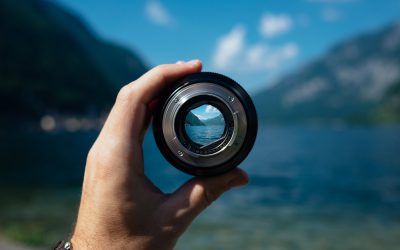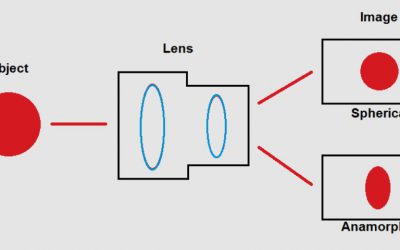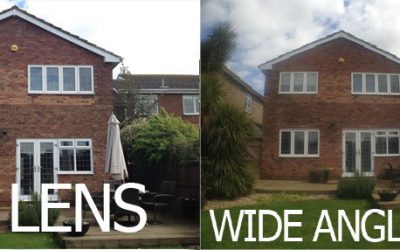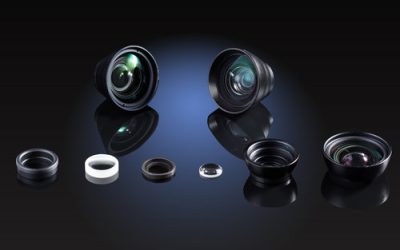Updated July 2020. Most visual imaging applications require a well-focused image at a range of distances. Traditionally, good focus at multiple depths required either using large lenses with a suitable depth of field, mechanically-driven zoom, or auto-focus lenses....
OlegRybakovsky
Anamorphic lenses
by OlegRybakovsky | Uncategorized
There are two lens classes that can be used in film making - spherical and anamorphic. Spherical lenses are more common and have wider applications. A rectangular film gate or imaging sensor area acts as the field stop determining both the field of view (FOV) angular...
Understanding diffractive beam splitters
by OlegRybakovsky | lens design consulting
Diffractive beam splitters A diffractive beam splitter is a diffractive optical element (DOE) used to split a single collimated laser beam into several beams with the same optical characteristics as the original beam. Beams are usually separated into 1D or 2D arrays...
Lens attachment design, wide angle and telephoto lenses.
by OlegRybakovsky | optical engineering
As discussed in previous post on smartphone attachment lenses, users of iPhone, Galaxy, HTC One, Nexus 5, and others smartphones cannot interchange lenses to alter focal length like with a SLR camera. However, it is possible to vary the focal length with afocal...
Designing a custom macro lens for smartphone
by OlegRybakovsky | lens design
As discussed in this post, the design of lens attachments for cell phone cameras presents particular challenges to optical and optomechanical engineers. One common market goal is to decrease the minimum focus distance of a smartphone. In this post, we will discuss key...
Lens attachments for smartphone cameras
by OlegRybakovsky | lens design, optical design
In the past several years, smartphone cameras have taken a big step forward. The image quality of the best iPhone, Samsung, and HTC cameras is equivalent to low-priced Canon, Nikon, Pentax, and Sony DSLR cameras. Many prefer taking photos with smartphones due to...








